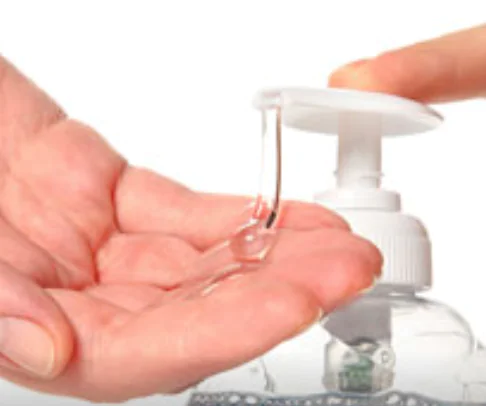Hands are the part of the body that we wash most often during the day, and washing is critical in fighting infections since hands are a receptacle for germs. Some of them “stably” live on the skin and do not create problems, but viruses and pathogenic bacteria may be added to them, which are undesirable, so wash your hands with soap and water
good and often necessary, especially during flu periods. You can find the product here.

If soap and water are not available, disinfectants can be used as they are an effective alternative.
Hand sanitizers: what are they?
As mentioned, soap and water are and should remain the first choice, but if necessary, there are alcohol-based hand sanitizers: the end goal is about the same, but they differ from soap in composition and, above all, in composition. how they are used. use (they should be used on dry hands, otherwise they will be ineffective and invisible).
Typically, all or nearly all are in gel form, and the composition must contain at least 60% alcohol (ethanol, isopropyl alcohol, denat alcohol), to which is added water, in addition to the presence of conditioner, humectants and humectants (glycerin, propylene glycol , isopropyl myristate), which help make skin less dry.
On the other hand, the gel form is provided by thickening agents that affect the structure of the compound (carbomer is one of the most commonly used).
In addition to alcohol, which is the key ingredient, other active ingredients with known antimicrobial activity may be present (among the most commonly used are cetylpyridinium chloride, chlorhexidine digluconate, orthophenylphenol), which, however, are not necessary in the presence of alcohol in the correct concentrations. Indeed, some of them are very polluting to the environment and over time can cause microorganisms to become resistant to antibiotics.
Others, however, of natural origin are of questionable effectiveness.
Before purchasing: Make sure you know the alcohol percentage
There are hand sanitizers on the market that are classified as cosmetic (like regular soap), while others are classified as medico-surgical and biocides (as clearly stated on the label).



